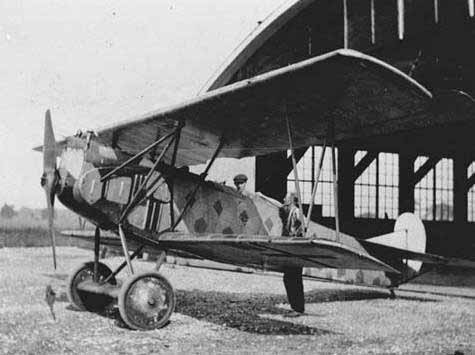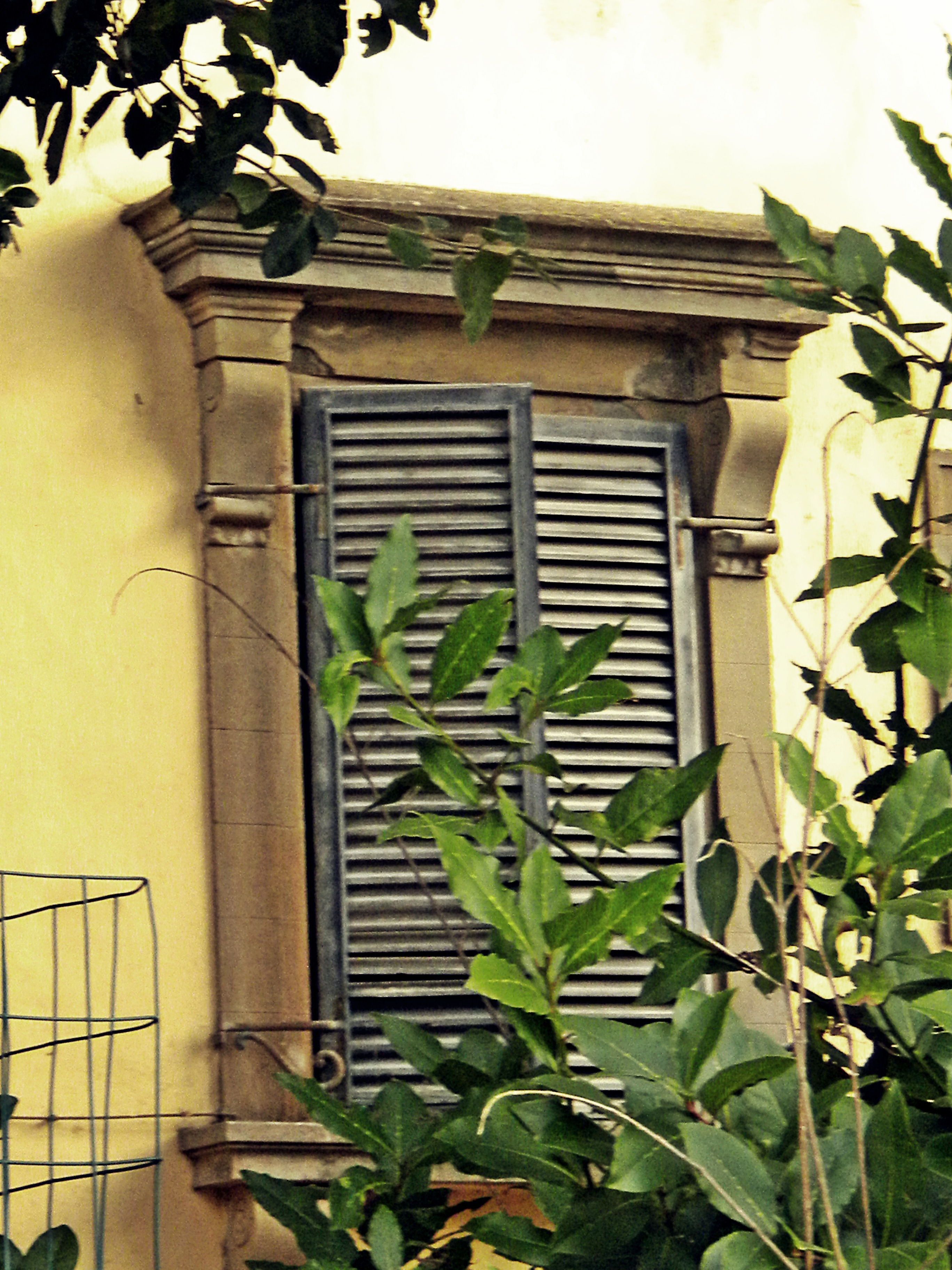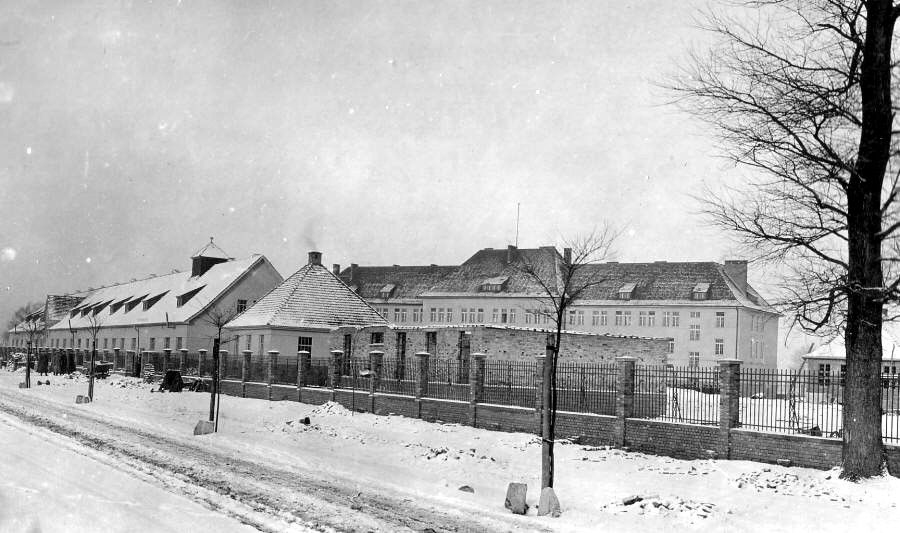|
Fokker D.VII
The Fokker D.VII is a German World War I fighter aircraft designed by Reinhold Platz of the '' Fokker-Flugzeugwerke''. Germany produced around 3,300 D.VII aircraft in the second half of 1918. In service with the ''Luftstreitkräfte'', the D.VII quickly proved itself to be a formidable aircraft. The Armistice ending the war specifically required, as the fourth clause of the "Clauses Relating to the Western Front", that Germany was required to surrender all D.VIIs to the Allies. Surviving aircraft saw much service with many countries in the years after World War I. Development and production Fokker's chief designer, Reinhold Platz, had been working on a series of experimental V-series aircraft, starting in 1916. The aircraft were notable for the use of cantilever wings. Hugo Junkers and his aviation firm had originated the idea in 1915 with the first practical all-metal aircraft, the Junkers J 1 monoplane, nicknamed ''Blechesel'' (Sheet Metal Donkey or Tin Donkey). The wing ... [...More Info...] [...Related Items...] OR: [Wikipedia] [Google] [Baidu] |
NMUSAF
The National Museum of the United States Air Force (formerly the United States Air Force Museum) is the official museum of the United States Air Force located at Wright-Patterson Air Force Base, northeast of Dayton, Ohio. The NMUSAF is the oldest and largest military aviation museum in the world, with more than 360 aircraft and missiles on display. The museum is a central component of the National Aviation Heritage Area. The museum draws about a million visitors each year, making it one of the most frequently visited tourist attractions in Ohio. History The museum dates to 1923, when the Engineering Division at Dayton's McCook Field first collected technical artifacts for preservation. In 1927, it moved to then-Wright Field in a laboratory building. In 1932, the collection was named the Army Aeronautical Museum and placed in a WPA building from 1935 until World War II. In 1948, the collection remained private as the Air Force Technical Museum. In 1954, the Air Force Mus ... [...More Info...] [...Related Items...] OR: [Wikipedia] [Google] [Baidu] |
Junkers J 1
The Junkers J 1, nicknamed the (Tin Donkey or Sheet Metal Donkey), was an experimental monoplane aircraft developed by Junkers. It was the first all-metal aircraft in the world. Manufactured early in the First World War, an era in which aircraft designers relied largely on fabric-covered wooden structures braced with wires, the J 1 was a revolutionary development in aircraft design, making extensive use of metal in its structure and in its outer surface. The J 1 originated from the work of pioneering aeronautical designer Hugo Junkers. The experimental aircraft never received an "A" or "E-series" monoplane designation from , the Army inspectorate of military aircraft and The Imperial German Air Service (). The aircraft was known only by its Junkers factory model number of J 1 and should not be confused with the later, armoured all-metal Junkers J 4 sesquiplane, accepted by the later as the Junkers J.I (using a Roman numeral), from the category of armored combat aircraft establ ... [...More Info...] [...Related Items...] OR: [Wikipedia] [Google] [Baidu] |
Louver
A louver (American English) or louvre (Commonwealth English; American and British English spelling differences#-re, -er, see spelling differences) is a window blind or window shutter, shutter with horizontal wikt:slat, slats that are angled to admit light and air, but to keep out rain and direct sunshine. The angle of the slats may be adjustable, usually in blinds and windows, or fixed, such as in shutters. History Louvers originated in the Middle Ages as lantern-like constructions in wood that were fitted on top of roof holes in large kitchens to allow ventilation while keeping out rain and snow. They were originally rather crude constructions consisting merely of a barrel. Later, they evolved into more elaborate designs made of pottery, taking the shape of faces where the smoke and steam from cooking would pour out through the eyes and mouth, or into constructions that were more like modern louvers, with slats that could be opened or closed by pulling on a string. C ... [...More Info...] [...Related Items...] OR: [Wikipedia] [Google] [Baidu] |
Piła
Piła (; ) is a city in northwestern Poland and the capital of Piła County, situated in the Greater Poland Voivodeship. Its population was 71,846, making it the city in the voivodeship after Poznań and Kalisz and the largest city in the northern part of Greater Poland. Founded in the 14th century, Piła was a royal city of Poland, whose prosperity came from crafts and trade. The city is located on the Gwda river and is famous for its green areas, parks and dense forests nearby. It is an important road and railway hub, located at the intersection of two main lines: Poznań–Szczecin and Bydgoszcz–Krzyż Wielkopolski. Piła is the center of light industry, culture and education in northern Greater Poland, and is particularly known for motorcycle speedway racing. City name ''Piła'' is a Polish language, Polish word meaning "saw". This was a typical name denoting a village of Lumberjack, woodcutters belonging to a local noble. The German name ''Schneidemühl'' means "sawmill" ... [...More Info...] [...Related Items...] OR: [Wikipedia] [Google] [Baidu] |
Johannisthal Air Field
The Johannisthal Air Field, located southeast of central Berlin, between Johannisthal (Berlin), Johannisthal and Adlershof, was Germany, Germany's first commercial airfield. It opened on 26 September 1909, a few weeks after the world's first airfield at Rheims, France. Overview Known as the birthplace of heavier-than-air flight in Germany, Johannistal was Berlin's primary airport until the Tempelhof International Airport, Tempelhofer Field was developed in the 1920s. It was the first commercial airfield (and second overall) to be established in Germany, after Griesheim Airport in Darmstadt. Johannistal was the field from which Germany's first commercial flights took off. Numerous aviation pioneers operated workshops there, including Anthony Fokker. Amelie Beese, the first German woman to earn a pilot's license, trained there. Later, the area became known as Adlershof, and before the collapse of the Berlin Wall, it was closed to the public. The former airport was used by the N ... [...More Info...] [...Related Items...] OR: [Wikipedia] [Google] [Baidu] |
AEG (German Company)
; AEG) was a German producer of electrical equipment. It was established in 1883 by Emil Rathenau as the ''Deutsche Edison-Gesellschaft für angewandte Elektricität'' in Berlin. The company's initial focus was driven by electrical lighting, as in 1881, Rathenau had acquired the rights to the electric light bulb at the International Exposition of Electricity in Paris. Using small power stations, his company introduced electrical lighting to cafés, restaurants, and theaters, despite the high costs and limitations. By the end of the 19th century, AEG had constructed 248 power stations, providing a total of 210,000 hp of electricity for lighting, tramways, and household devices. During the World War II, Second World War, AEG worked with the Nazi Party and benefited from forced labour from concentration camps. After the war, its headquarters moved to Frankfurt am Main. In 1967, AEG joined with its subsidiary Telefunken, Telefunken AG, creating ''Allgemeine Elektricitäts-Ge ... [...More Info...] [...Related Items...] OR: [Wikipedia] [Google] [Baidu] |
Albatros Flugzeugwerke
Albatros Flugzeugwerke GmbH was a German aircraft manufacturer best known for supplying the German Luftstreitkräfte during World War I. The company was based in Adlershof, Johannisthal, Berlin, where it was founded by Walter Huth and Otto Wiener on December 20, 1909. The company (and its subsidiary, Ostdeutsche Albatros Werke (OAW)) produced many capable fighter aircraft, notably the Albatros D.III and Albatros D.V, both designed by Robert Thelen. The Albatros merged into Focke-Wulf in 1931. History The company was founded in Berlin-Johannisthal in late 1909 by Enno Walther Huth as the Albatros Werke AG. The first aircraft the company produced was a French Antoinette monoplane, which they built under licence. They then produced several versions of the Etrich Taube monoplane, as well the Albatros Doppeltaube, Doppeltaube biplane which used the same basic planform. A variety of other biplanes, with more conventional wing planforms were also built and flown. In 1912, five Albat ... [...More Info...] [...Related Items...] OR: [Wikipedia] [Google] [Baidu] |
A Fokker Looping LCCN2014711445
A, or a, is the first letter and the first vowel letter of the Latin alphabet, used in the modern English alphabet, and others worldwide. Its name in English is '' a'' (pronounced ), plural ''aes''. It is similar in shape to the Ancient Greek letter alpha, from which it derives. The uppercase version consists of the two slanting sides of a triangle, crossed in the middle by a horizontal bar. The lowercase version is often written in one of two forms: the double-storey and single-storey . The latter is commonly used in handwriting and fonts based on it, especially fonts intended to be read by children, and is also found in italic type. In English, '' a'' is the indefinite article, with the alternative form ''an''. Name In English, the name of the letter is the ''long A'' sound, pronounced . Its name in most other languages matches the letter's pronunciation in open syllables. History The earliest known ancestor of A is ''aleph''—the first letter of the Phoenician ... [...More Info...] [...Related Items...] OR: [Wikipedia] [Google] [Baidu] |
Manfred Von Richthofen
Manfred Albrecht Freiherr von Richthofen (; 2 May 1892 – 21 April 1918), known in English as Baron von Richthofen or the Red Baron, was a fighter pilot with the German Air Force during World War I. He is considered the ace-of-aces of the war, being officially credited with 80 air combat victories. Originally a cavalryman, Richthofen transferred to the Air Service in 1915, becoming one of the first members of fighter squadron '' Jagdstaffel 2'' in 1916. He quickly distinguished himself as a fighter pilot, and during 1917 became the leader of ''Jasta 11''. Later he led the larger fighter wing '' Jagdgeschwader I'', better known as "The Flying Circus" or "Richthofen's Circus" because of the bright colours of its aircraft, and perhaps also because of the way the unit was transferred from one area of Entente air activity to another – moving like a travelling circus, and frequently setting up in tents on improvised airfields. By 1918, Richthofen was regarded as a nati ... [...More Info...] [...Related Items...] OR: [Wikipedia] [Google] [Baidu] |
Adlershof
Adlershof (, literally "Eagle's Court") is a locality (') in the Boroughs of Berlin, borough (') Treptow-Köpenick of Berlin, Germany. Adlershof is home to the new City of Science, Technology and Media (WISTA), located on the southwestern edge of the locality. History A part of the area known today as the "City of Science, Technology and Media", was once known as the Johannisthal Air Field. Germany's first motorized aircraft took off from here at the beginning of the 20th century. Albatros Flugzeugwerke, Albatros, Fokker, Rumpler and Wright made Adlershof-Johannisthal famous. In 1912 the German Experimental Institute for Aviation (Deutsche Versuchsanstalt für Luftfahrt – DVL) made Adlershof its headquarters. Laboratories, motor test beds, wind tunnels and hangars were erected in the 20s and 30s and are historical landmarks today. World War I Adlershof is particularly well known for a series of competitions between various aviation firms' fighter aircraft designs that were held ... [...More Info...] [...Related Items...] OR: [Wikipedia] [Google] [Baidu] |
Idflieg
The Idflieg (''Inspektion der Fliegertruppen'' - "Inspectorate of Flying Troops") was the bureau of the German Empire that oversaw German military aviation prior to and during World War I. Founded in 1911, the Idflieg was part of the ''Fliegertruppen des deutschen Kaiserreiches'' (Imperial German Flying Corps) which became the ''Luftstreitkräfte'' in 1916, handling administration, including regulation of service names applied to aircraft produced by domestic companies, characterised according to the armament, wing configuration, crew and role which was intended for the aircraft. Inspectors of Flying Troops * Colonel Walter von Eberhardt (1913–1914) * Major Richard Roethe (1914–1916) * Major, later Lieutenant-Colonel Wilhelm Siegert (1916–1918) * Captain Wilhelm Haehnelt (1918–1919) See also * Idflieg aircraft designation system The '' Idflieg'' (Inspektion der Fliegertruppen/Inspectorate of Flying Troops) designation system was used to classify German heavier-th ... [...More Info...] [...Related Items...] OR: [Wikipedia] [Google] [Baidu] |
Mercedes D
Mercedes may refer to: People * Mercedes (name), a Spanish feminine name, including a list of people and fictional characters with the given name or last name Automobile-related * Mercedes (marque), the pre-1920 brand name of German automobile models and engines that are built by Daimler Motors company * Mercedes-Benz, the post-1920 German brand of automobiles, engines, and trucks now owned by the Mercedes-Benz Group * Mercedes-AMG, a subsidiary of Daimler AG that builds customized and high performance Mercedes-branded automobiles * Mercedes-Benz in Formula One, the Mercedes Formula One racing team, currently known as Mercedes-AMG Petronas Motorsport * Mercedes-Benz in motorsport, its activities in sportscar racing, rallying, Formula Three, DTM, V8 Supercars Australia and Formula One * American Mercedes (1904 automobile), a company licensed to build Mercedes automobiles in America Places * Mercedes, Buenos Aires Province, Argentina ** Mercedes Partido, Argentina * Merce ... [...More Info...] [...Related Items...] OR: [Wikipedia] [Google] [Baidu] |








